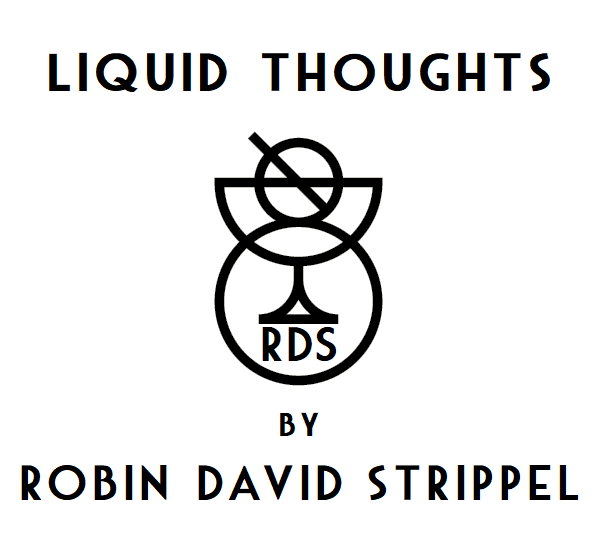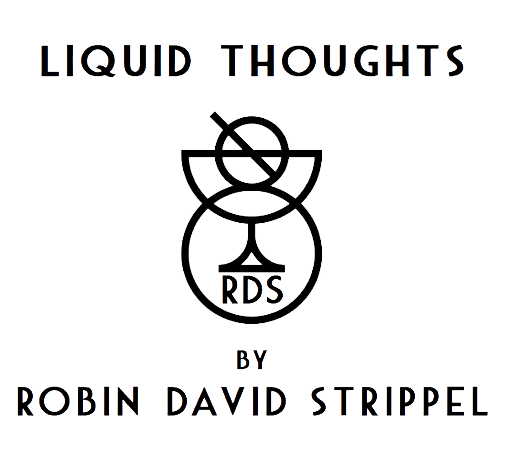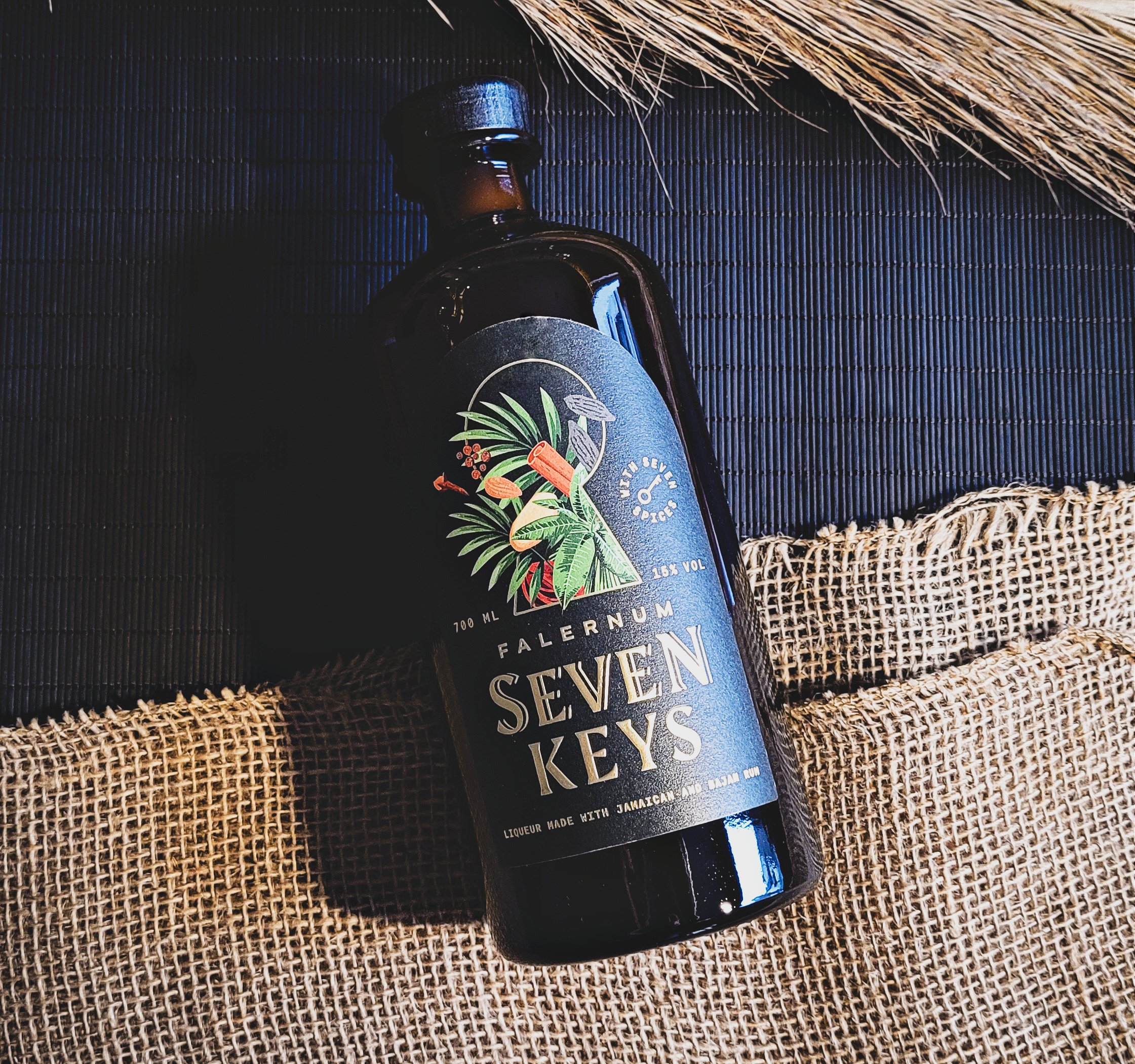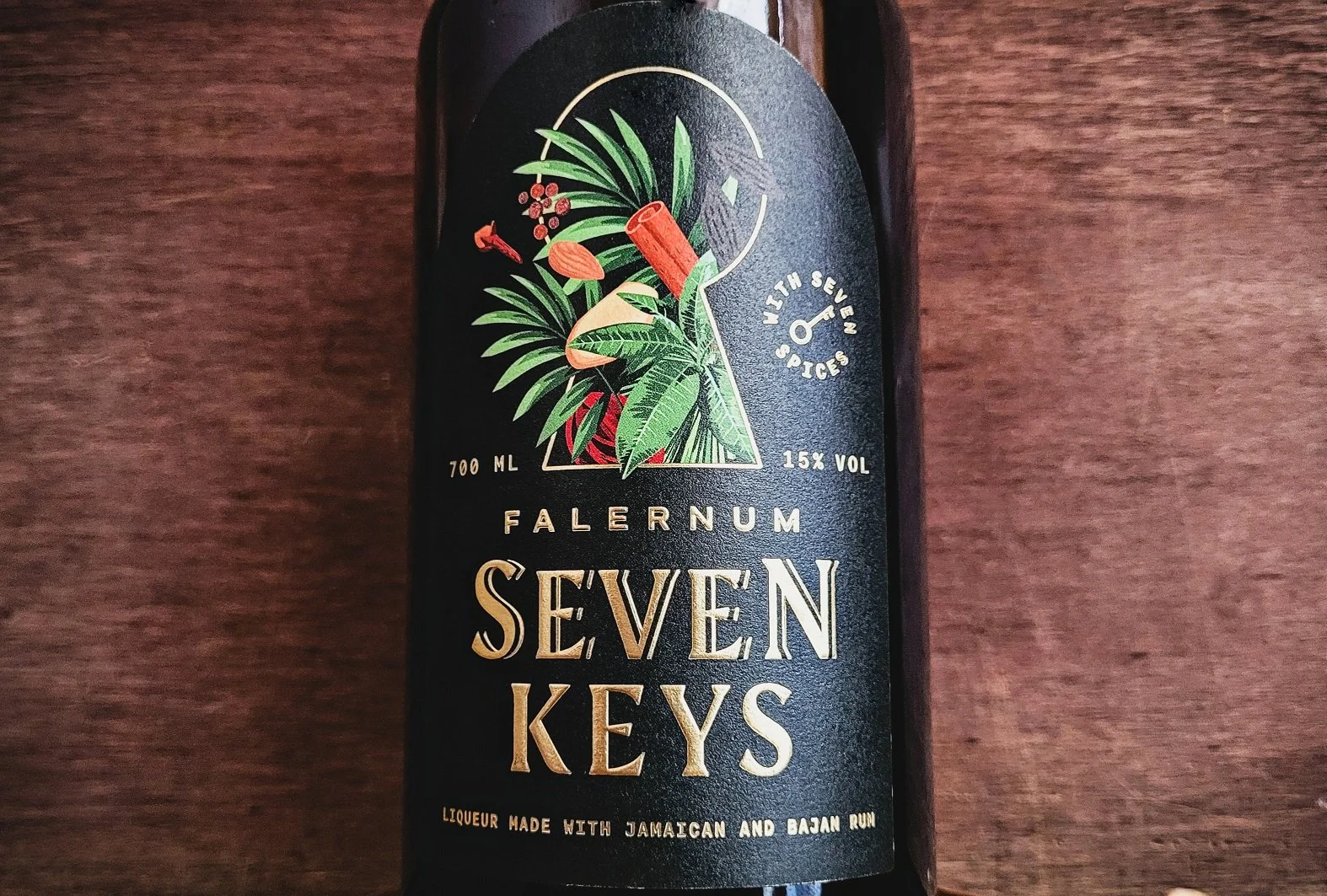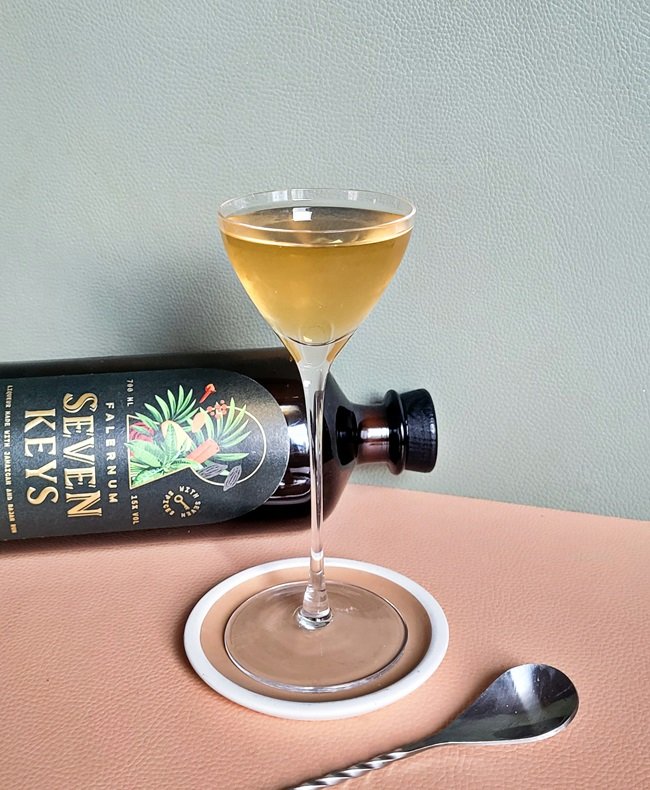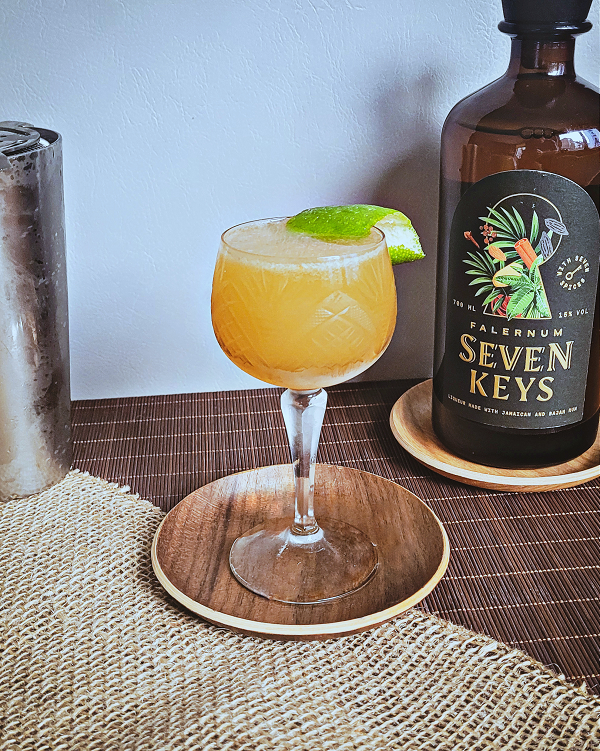Seven Keys Falernum
Origin: Germany / 15 % / Price: ca. 28 € (0.7l)
Oh yes, Falernum. I don't think I've ever talked about it here on LiquidThoughts, but Falernum was actually one of my first loves in the infinite world of bars and spirits. I briefly considered writing a bit about the history of it here. However, the Seven Keys Falernum as an exciting new product in the category reminded me that I still have the data and results of an entire Falernum tasting and will certainly be sharing them soon. There I will also go into more detail about the history, here I want to be more personal. So back to one of the first wow moments on my journey through the world of bar culture.
Let's think back to my early days in the bar cosmos, traveling with my BBB (Best Bar Buddy) to all kinds of reasonably high-quality venues. Back when I just wanted to try everything and couldn't even explain the fundamental, conceptual, qualitative differences between a Long Island Iced Tea and a Negroni. At some point, when I slowly understood what makes a good cocktail and how to recognize it on a menu, I had a cocktail tailor-made for me in one of my first, real “favorite bars” in Cologne. Something with rum, something strong, nothing with a lot of acidity like a Daiquiri, I already knew a Mai Tai. So a Corn N Oil was mixed just for me, and like the bar itself, it became one of my first, conscious favorite drinks. Of course, I was then also told which ingredient it was probably due to, and since then I have been testing every recipe with Falernum as quickly as possible and was rarely disappointed.
Frank Watkins, The Barbados Section—Colonial and Indian Exhibition: British Guiana, West Indies, and British Honduras, 1886, engraving, in Illustrated London News, 25. September 1886.
Digital image courtesy of Look and Learn / Illustrated Papers Collection / Bridgeman Images (all rights reserved).
While it was hardly surprising that it was a John D. Taylor's Velvet Falernum at the time (because there was virtually nothing else available on the German market), there was another, equally large, wow experience later on when I realized for the first time what great products bars can now make themselves. When I was served a “homemade” Falernum in a bar after I had just told this very story above, I was blown away by the aromas in the glass.
Why the whole story? Well, simply to make it clear: I really, really love me a good Falernum. As I said, I've already tested a few, and so I can justifiably say that this one, the new Seven Keys Falernum from Perola (which was given to me by them), hits a wonderful sweet spot for me. That is because there are different directions in the world of Falernum. I've tried to categorize them several times and the more you split it up, the more unnecessarily complicated it gets.
At the end of the day, the best, and most important distinction for mixing is actually only whether there is (noticeable) acidity or not, which is (thankfully) not the case here. The Falernum from Revolte (another German brand by a quality eau de vie distiller), for example, or the one from Belle Booze (a brand of the Ona Mor Bar here in Cologne) are by themselves great, complex Falernums. However, both are already blended with quite a lot of lime. This has some historical precedents and fits in well with many tiki drinks. However, there are now plenty of recipes with Falernum in stirred drinks (which I love) and most of them are based on a sweet Falernum, almost always John D. Taylor in the original. John D. in turn is super simple and reduced, so an upgrade would be a dream. However, this is not possible with the sour Falernums, as this changes the category of the drink almost completely (apart from the cloudiness). And you can't take the sourness out of the drink afterward, obviously, but you can always add some lime juice/cordial etc. to your drink with a cocktail using Falernum that is on the sweeter side.
If you look at the others, some were not nearly enough of a clear upgrade (more on this in the upcoming comparison of Falernum mentioned above), others were very focused on just one of the spicy notes. Like the Old Judge, which is also very good in itself and which many bar nerds here in Germany name as their favorite. As I said, a top product, but not always easily interchangeable in recipes for the old-school standard. Conclusion of these considerations? Simple: The difficult task was to craft a Falernum that on the one hand roughly takes up the idea of a sweet “all-rounder” Falernum, for mass suitability to use in as many recipes as possible. On the other hand, it has to offer a very clear upgrade to the previous industry standards (especially for the good old John D.).
In my opinion, this has worked out really well here. The obligatory thing up front: design = flawless. Clean, modern, but with just enough vintage influences, such as the golden, slightly old-school font and the drawings of the botanicals, which are reminiscent of graphic designs from the 18th and 19th centuries, to appear neither old-fashioned nor pseudo-modern. The base is Jamaican and Barbados rum, the botanicals are, as you can guess from the name, seven in number: ginger, almonds, cinnamon, allspice, nutmeg, cloves and tonka beans.
As you can read in the notes below, the aroma blew me away, definitely in the top 2-3 of the more than 12 Falernums I've had under my nose so far. I've actually already shown it to three friends (as I often like to do with nice smelling bottles), none of them real bar regulars. Three times they were enthusiastic, twice they asked for it to be bottled as a perfume. The taste is exactly what I described above, a wonderful all-round package. None of the notes really dominate, which can sometimes quickly go wrong with clove or allspice. At the same time, the intensity is undoubtedly there, on the cusp of not straying too far from an “all-purpose weapon”. It probably works well in almost all traditional, as well as modern, recipes with Falernum. 3 examples are already listed below. I will add all future recipes with Falernum in which I use the Seven Keys further down as well.
Tasting Notes
Nose:
Wonderfully aromatic, purely focusing on the nose, one of the most intense Falernums I have come across so far. It has an intense warmth, one after another, the three most distinctive spices come out more. Clove, allspice, and nutmeg dominate the nose due to their characteristics, followed by a fine honey sweetness, candied ginger and — which can only really be explained by the rum base — a certain banana jelly note
Taste:
A little more sweetness than one might expect from the spicy nose, but embedded in this is an intense, warm spiciness of allspice and clove in particular. In comparison to the nose, nutmeg is more restrained here and can be found more in the finish. While the ginger is more concise than in the nose, it is nicely noticeable in the last third and finish with its green warmth, the spiciness and typical ginger heat, which lingers nicely in the final moments. 2–3 minutes later, you still have the fine ginger tickle and some clove and allspice left in the throat
Cocktail examples:
The bottle was provided by Perola GmbH, thank you.
